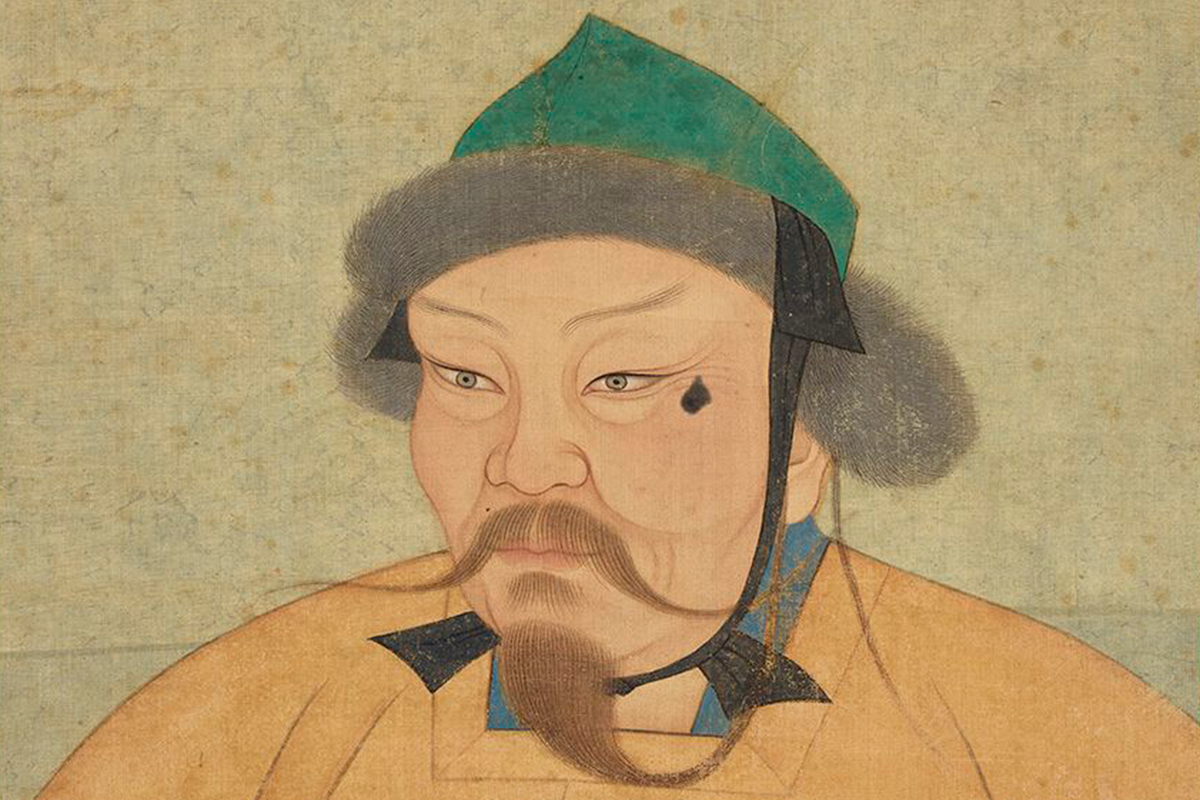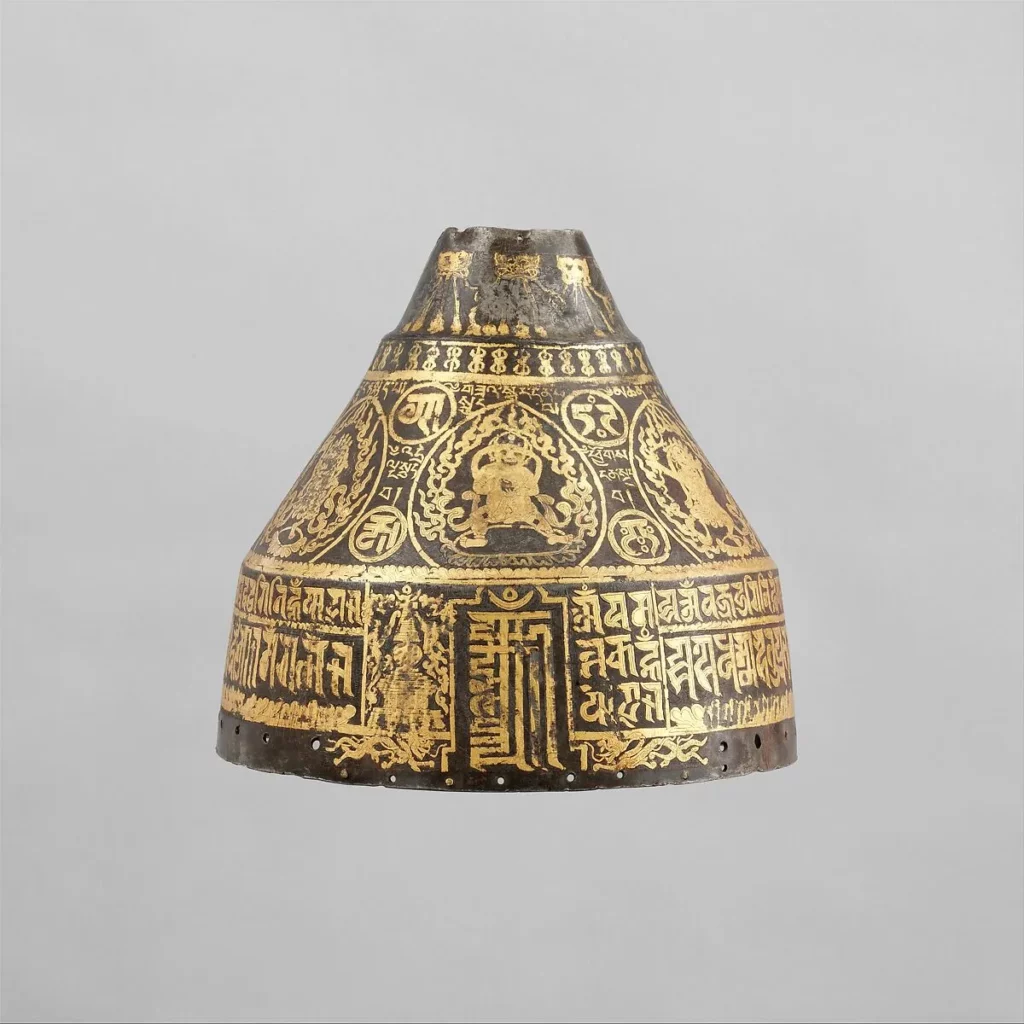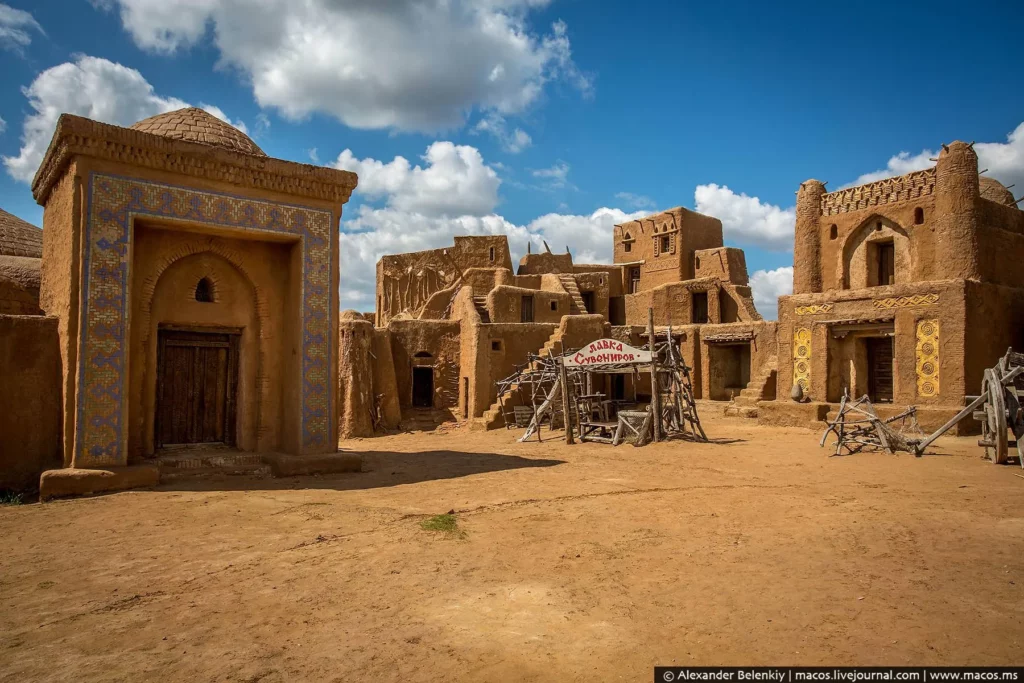A Personal Connection to the Mongol Empire
My fascination with the Mongol Empire runs deep, and it's intertwined with my personal connection to Astrakhan, a place steeped in the history of the Golden Horde. Perhaps it's the echoes of a nomadic spirit that resonate with my own journey—a journey that has taken me from the expansive landscapes of my homeland (the Steppes of Southern Russia) to the bustling streets of New York City.
What captivates me most about the Mongol Empire is its often-overlooked role in nurturing the creative spirit of diverse cultures within its dominion. The Mongol Empire may not be celebrated for its own literature or fine art, but its profound contribution to fostering the creative endeavors of a multitude of cultures remains relevant.
The Mongol Khans, under their visionary leadership, emerged as remarkable patrons of the arts, sparking a renaissance of artistic expression across their vast empire. While the Mongols themselves weren't traditional artists, their deep appreciation for artistic craftsmanship played a pivotal role in shaping the cultural landscape.
As stability settled over the empire, the Khans and sub-khans took on the mantle of protecting and promoting artisans, setting the stage for a flourishing of fine arts that enriched not only the Mongols but also the diverse communities under their rule. It was a time when skilled textile workers, architects, stone carvers, and jewelers were relocated from regions like the Middle East and Central Asia to Mongolia, and these artisans crafted magnificent works of art that left an indelible mark on the Mongol rulers.
(IMAGE: Ögedei Khan. Portrait cropped out of a page from an album depicting several Yuan emperors (Yuandai di banshenxiang), now located in the National Palace Museum in Taipei (inv. nr. zhonghua 000324). Original size is 47 cm wide and 59.4 cm high. Paint and ink on silk.)

Genghis Khan's successor, Ogedai, focused on the construction and embellishment of Karakhorum, the Mongol capital city. Under his rule, the artisans thrived, working diligently to create stunning architectural and decorative pieces.
Kublai Khan, Genghis' grandson and Great Khan during the Yuan dynasty in China, presided over a renaissance of the arts. His patronage saw the flourishing of Chinese porcelain, characterized by delicate blue designs, and the development of elaborate theatrical plays.
Past Exhibit at the MET "The World of Khubilai Khan: Chinese Art in the Yuan Dynasty", and catalogue you can download here.
During the Pax Mongolica, an era of relative peace, artists and artisans traversed the empire, resulting in the fruitful exchange of artistic ideas and techniques. This paved the way for a vibrant intermingling of diverse cultural traditions, with features like the vibrant blue of Afghan lapis lazuli gracing Chinese porcelain and Persian influences evident in Golden Horde artifacts. Even the iconic Chinese dragon motif found its way into European paintings.
The Mongols may not have been active creators of conventional art, but their role as cultural custodians and supporters played an indispensable part in reviving artistic expression and facilitating cultural exchange. The artistic legacy of the Mongol Empire stands as a testament to the profound impact of nurturing creativity and embracing diversity.
One striking example of this artistic legacy is a distinctively Mongolian helmet dating back to the 15th–17th century. This magnificent artifact, on display at The Met Fifth Avenue in Gallery 378, features intricate gold damascened decoration. The helmet showcases the fusion of diverse influences within the empire, with six large ovals on its surface containing depictions of the deity Yamantaka, known as the "slayer of the lord of death."

Surrounding Yamantaka are five female attendants referred to as dakinis, or "sky-goers." Between them, twelve protective seed syllables, symbolic letters known as bija, are inscribed, each with Tibetan inscriptions identifying their protective attributes. Adorning the brow of the helmet are a series of mantras, including invocations to Yamantaka and the dakinis (female messengers of Wisdom).
At the center of the brow is a monogram known as the All-Powerful Ten, composed of the ten Sanskrit syllables of the Kalachakra, or "wheel of time," mantra. Adjacent to this, a stylized stupa or chorten, a funerary monument or reliquary symbolizing the enlightened mind, is also depicted.
This Mongolian helmet, a marvel of artistry and cultural fusion, provides a tangible link to the artistic heritage nurtured by the Mongol Khans, showcasing their commitment to the arts and the diverse cultural influences that thrived under their patronage.
As someone hailing from Astrakhan, a city that was once the capital of a Tatar khanate—a remnant of the Golden Horde, and in proximity to Sarai Batu, another historic city of great significance under Mongol rule, I can personally appreciate the lasting impact of the Mongol Empire on the region's art and culture. The legacy of artistic exchange and cross-cultural influences under Mongol rule has left an indelible mark on Astrakhan and Sarai Batu, further highlighting the empire's role in cultivating creative expression.
In Astrakhan and Sarai Batu, the artistic heritage of the Mongol Empire is not a relic of the past but a living testament to the enduring legacy of cultural patronage and creative exchange. These cities, once integral to the vast Mongol realm, continue to play a pivotal role in preserving and advancing this heritage.

Cultural preservation through museums, cinema and institutions ensures the Mongol Empire's history remains accessible. Artistic revivals draw inspiration from the past, creating contemporary works echoing diverse influences. Cultural festivals and events in Astrakhan and Sarai Batu celebrate their heritage, fostering appreciation for Mongol-era artistic traditions. The cities' Mongol-influenced architecture provides a tangible connection to the past. Ongoing cross-cultural exchange in these historically significant trade hubs keeps the artistic scene dynamic, ensuring the Mongol Empire's legacy remains a living part of the present.
The Metropolitan Museum of Art houses artwork and artifacts from the Mongol era, including sculptures, textiles, weaponry, jewelry, manuscripts, and other objects offering insights into the empire's art and culture. One example is the Mongolian helmet featuring intricate gold damascened decoration. MET Visitors can explore these pieces to understand the Mongol Empire's artistic heritage and cross-cultural influences.
- Points of Interest & Landmarks: Sarai Batu
- List of Mongolian Intangible Cultural Heritage
No Comments.